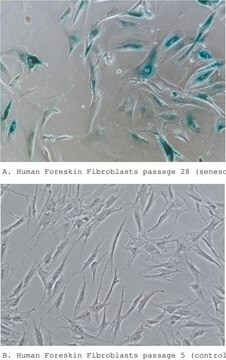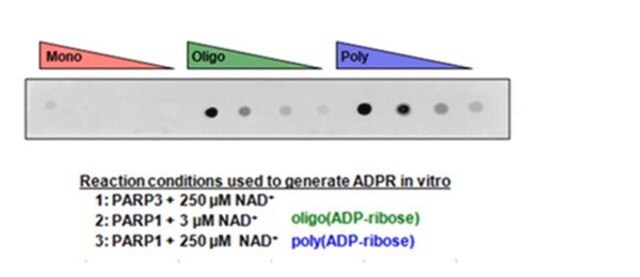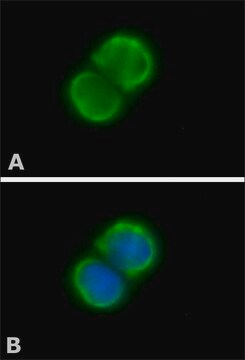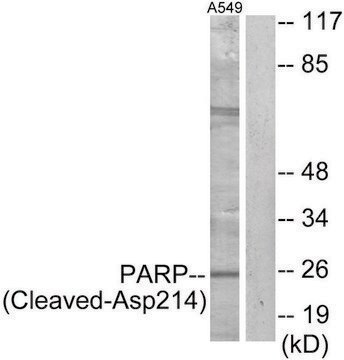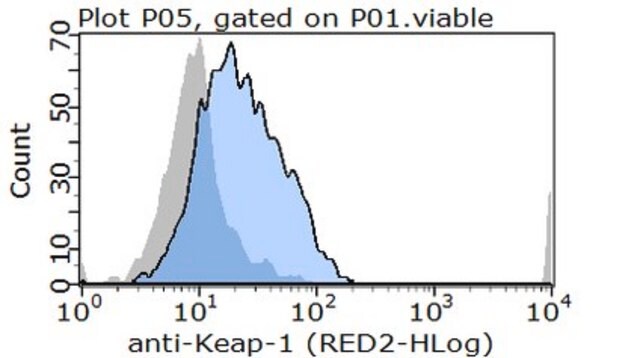P248
Monoclonal Anti-PARP antibody produced in mouse
clone C-2-10, ascites fluid
Synonym(s):
Monoclonal Anti-Poly[ADP-ribose] Polymerase
About This Item
Recommended Products
biological source
mouse
Quality Level
conjugate
unconjugated
antibody form
ascites fluid
antibody product type
primary antibodies
clone
C-2-10, monoclonal
mol wt
antigen 116 kDa (PARP)
antigen 85 kDa (prICE/caspase-3 cleavage product)
species reactivity
hamster, rat, mouse, primate
should not react with
avian
technique(s)
ELISA: suitable (Assay Dependent)
immunocytochemistry: suitable (Assay Dependent)
immunofluorescence: suitable (Assay Dependent)
immunohistochemistry: 1:10-1:100
western blot: 1:500
isotype
IgG1
UniProt accession no.
shipped in
dry ice
storage temp.
−20°C
target post-translational modification
unmodified
Gene Information
mouse ... Parp1(11545) , Parp2(11546)
rat ... Parp1(25591) , Parp2(290027)
General description
Poly (ADP-ribose) polymerase 1 (PARP1)/PARP is encoded by the gene mapped to human chromosome 1q42. It is a nuclear protein with molecular mass of 113kDa and is characterized with three functional domains. It belongs to the PARP superfamily.
Specificity
Immunogen
Application
Biochem/physiol Actions
Physical form
Disclaimer
Not finding the right product?
Try our Product Selector Tool.
Storage Class
10 - Combustible liquids
wgk_germany
nwg
flash_point_f
Not applicable
flash_point_c
Not applicable
Certificates of Analysis (COA)
Search for Certificates of Analysis (COA) by entering the products Lot/Batch Number. Lot and Batch Numbers can be found on a product’s label following the words ‘Lot’ or ‘Batch’.
Already Own This Product?
Find documentation for the products that you have recently purchased in the Document Library.
Our team of scientists has experience in all areas of research including Life Science, Material Science, Chemical Synthesis, Chromatography, Analytical and many others.
Contact Technical Service


